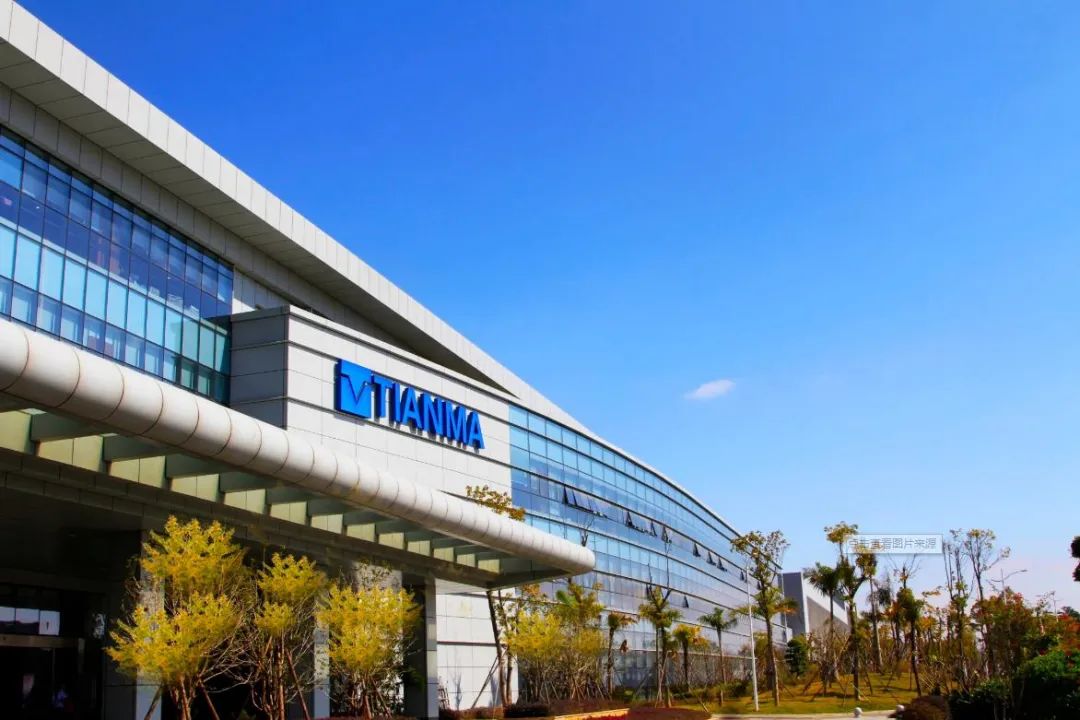In recent years, with the continuous improvement of OLED technology and the continuous release of production capacity in China, Chinese panel manufacturers such as BOE, Tianma, CSOT, Vicino and EDO have risen strongly. The share of OLED panels for domestic smart phones in the global market continues to grow. With the continuous innovation of technology and more diversified applications, China's small and medium-sized OLED panel competitiveness will be further improved.

Domestic OLED share rose and continued to be distributed in the fourth quarter
According to the survey data of CINNO Research, in the third quarter of 2022, the market share of OLED panels for domestic smart phones has accounted for 30% of the global market, an increase of more than 10% compared with 20% in the same period last year, and an increase of 50%. From the perspective of specific manufacturers' rankings and their respective market shares, the top ten domestic manufacturers occupied as many as five seats, and BOE ranked second with 13% share.
Since entering Q4, domestic OLEDs have continued to market OLEDs. BOE, Visionox, Tianma and other major domestic brands have provided screens for various domestic mobile phones, and various models have been released. For example, Huawei Pocket S, a new flagship small fold launched by Huawei, is provided by BOE and Visionox; Glory folding mobile phone Magic Vs is provided by BOE; Glory 80 series is supplied by domestic screen manufacturers such as Tianma, Visionox and BOE; Redmi Note 12 Pro is provided by Tianma and Visionox; The Zhenwo 10 Pro+with 2.33mm ultra-narrow chin and 2160Hz PWM high frequency dimming is provided by Tianma.
Domestic OLED screen PWM high frequency dimming technology has been overtaking in corners
In terms of high-frequency PWM dimming, domestic panel manufacturers have also taken the leading position in the industry. PWM high-frequency dimming has broken through to 2160Hz, far surpassing Samsung OLED screens. Compared with the conventional 480Hz PWM dimming screen, the dimming frequency of 2160Hz UHF PWM dimming technology has increased by 4.5 times, achieving extreme eye protection. At present, many mobile phones in China have been equipped with this technology. For example, the realme 10 Pro+is equipped with Tianma's PWM 2160Hz ultra-high frequency dimming technology. The mobile phone has been popular with users since its release, and has won the sales crown of JD Tmall platform; In addition, the recently released Vivo X90, OPPO A1 Pro, OPPO Reno9 and other domestic machines are also equipped with 2160Hz high-frequency dimming technology. Obviously, in the field of PWM high frequency dimming, domestic OLEDs have taken the lead in the world.
Folding screen with low power consumption may become a new breakthrough for domestic OLED curve overtaking
According to CINNO Research data, the sales of folding screen mobile phones in the Chinese market in the third quarter of 2022 increased by 114% year-on-year, and the sales of folding screen mobile phones in China in the first three quarters were higher than the same period last year. Some time ago, Huawei released the Magic Vs folding mobile phone. At the time of pre-sale after the press conference, it was sold out in seconds. Some third-party stores even paid a premium of nearly 20000 yuan. The response was so good. Does this mean that the folding screen will become the next outlet of mobile phones? It is well known that folding screen has the advantages of folding, bending, light and portable, and it will also have higher requirements on the screen, especially in terms of power consumption, which is also the focus of domestic manufacturers, and has made significant breakthroughs in recent years. The LTPS P0.9 glass-based MLED product released by BOE at the end of December last year uses a new LED chip structure design, which can significantly reduce the power consumption of more than 40% compared with the traditional LED, and has greatly improved the low power consumption; Not only BOE, but also Tianma has made a major breakthrough in low-power technology in recent years. In September last year, the CFOT technology released by Tianma replaced the polarizer, reducing the panel power consumption by more than 25%. With Tianma's breakthrough in HTD, MLP and other innovative technologies, and with the support of the three black technologies of HTD+MLP+CFOT, the power consumption of the complete machine end panel based on relevant application scenarios can be significantly reduced by more than 30%. It is not difficult to see that in recent years, with the continuous efforts of domestic manufacturers, the domestic low-power technology has made significant progress, and the gap with foreign countries has also been narrowing. The continuous efforts may become a new breakthrough for domestic OLED curve overtaking.
Even though the environment has been complex and changeable in recent years, domestic OLED still sticks to the original intention of technology sinking. Some old domestic brands, such as BOE and Tianma, have overtaken some technologies in the OLED field. Now, there has been a good breakthrough in both core technology and share share, and it has become a new force that cannot be ignored in the OLED field. I believe that domestic OLED screens will bring more surprises and expectations in the future.
Gestant Display Technology Co.,Ltd. could provide a series of LCD and OLED products, such as AMOLED Screen, PMOLED Screen, Round Display Screen, Flexible Display Screen, TFT LCD, Mono-LCD and Bar Display Screen. Customize PCBA/LCD/OLED/FPC/Backlight/Coverlens/TP solutions.
